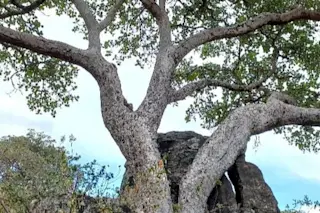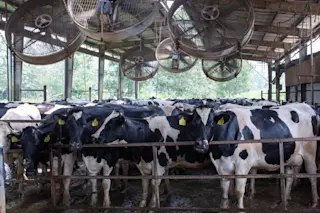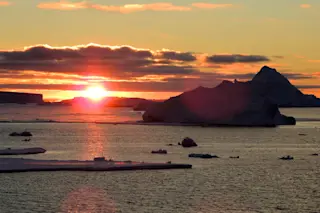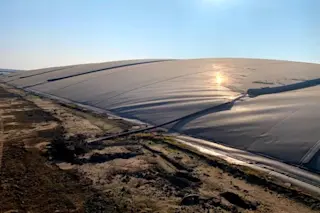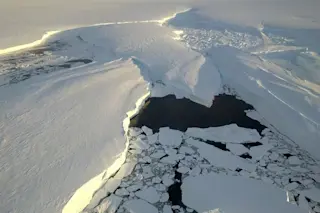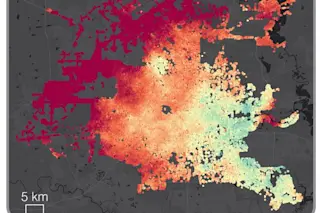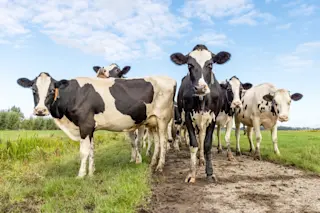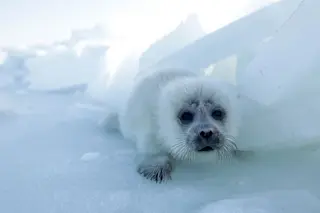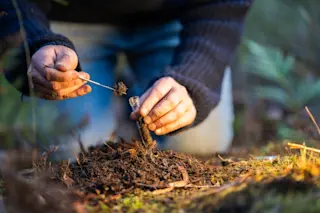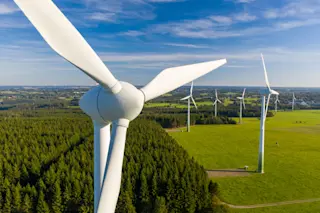The eastern face of the mountain is avalanche terrain. There are no trees to anchor the snow. A screaming wind picks up even more snow from the mountain's far side and deposits it onto a bulging cornice that threatens to crack under its growing weight. The slope here is steep, 40 degrees, and the snowpack must cling like a prostrate man on an A-frame roof. Inevitably it loses its grip. To ski this slope after a heavy snowstorm, you would have to be either exceptionally unwise or an avalanche researcher. Four of the latter—Bob Brown, Ed Adams, Jim Dent and Karl Birkeland, of Montana State University—are making plans to do just that. Their destination is a plywood shack in the protective embrace of a small rock outcropping—directly in the path of an avalanche. The structure is nine by six feet, enough room, barely, for two scientists (the rest retreat to ...
Scientists Risk Their Lives to Study Avalanches
If a scientist stands in the way of 150 tons of snow crashing down a mountain at 50 mph, can he figure out why it let loose and when it will again?
More on Discover
Stay Curious
SubscribeTo The Magazine
Save up to 40% off the cover price when you subscribe to Discover magazine.
Subscribe



